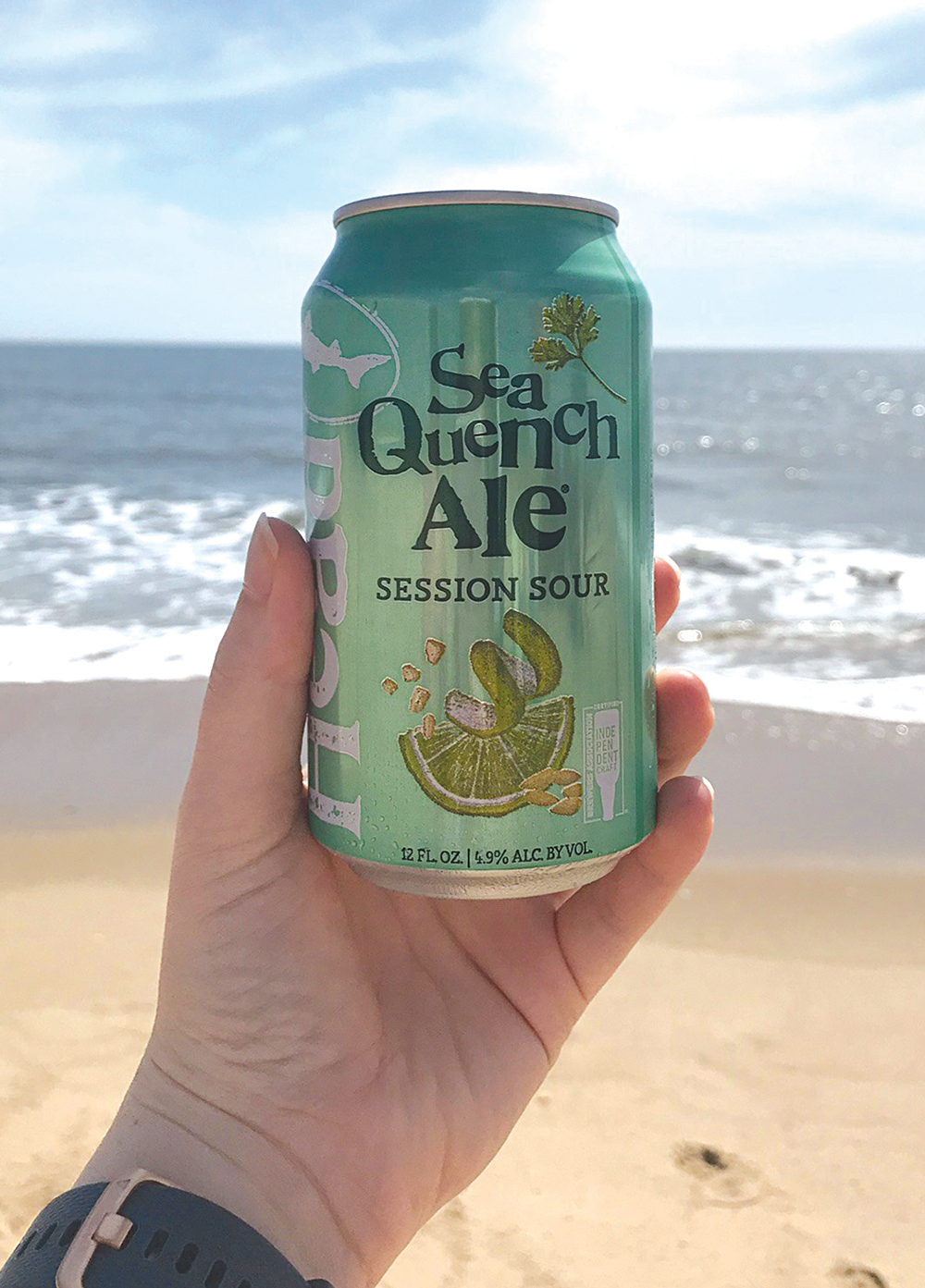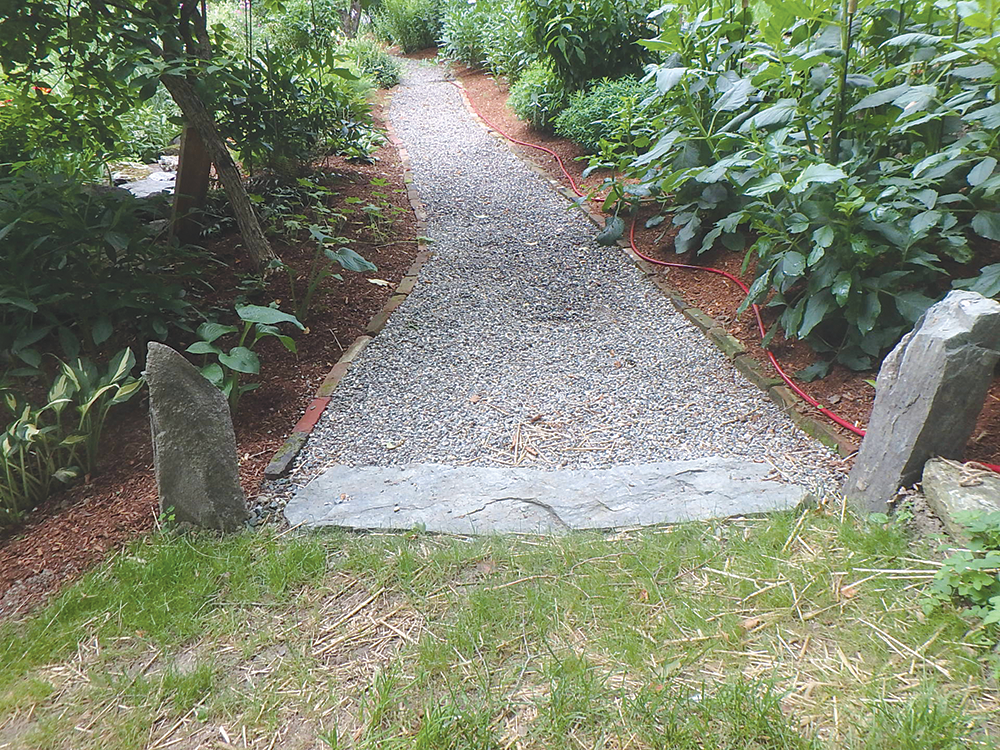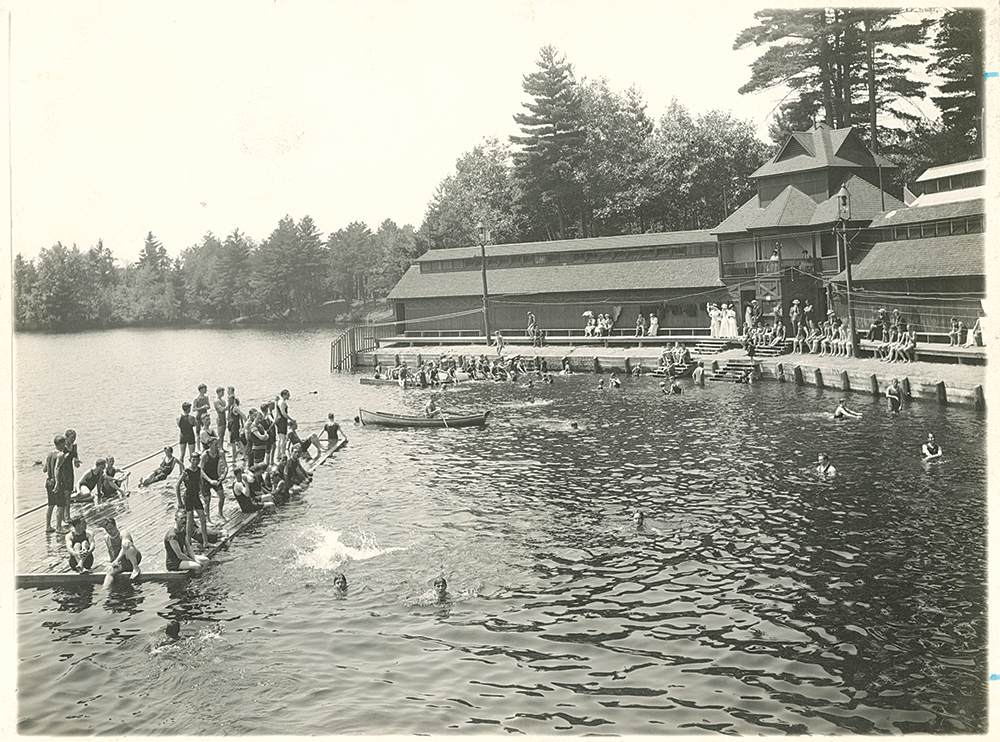Summer is the perfect time to explore sours
I often talk about sour beer as if it’s simply its own category of beers, just like IPAs or stouts or Pilsners. But that’s not really accurate. The category, if we can even call it that, is much, much broader.
Sour beers run across styles. They vary greatly in both flavor and color. Some are so bright and tart that you have to pucker up. Others are much, much more mellow, featuring more earthy tones and layers upon layers of complexity — and everything in between.
Lambics, Gose, Berliner weisse and wild ales are all styles that can qualify as sours.
Regardless of the style, sours are unified, in my mind, by an extremely vague standard that I will describe as: they taste funky. See, not a whole lot of science behind that analysis.
Bacteria creates the tart acidity most have become accustomed to with sours, and wild yeast adds the earthiness; admittedly, this is a pretty dramatic oversimplification, but that’s what we’re going with.
On a hot day, a tart, crisp, salty Gose is perfect and a Berliner weisse, which is a variant of a wheat beer, is a perfect summer brew, thanks in part to its super-low alcohol level. A lambic can be heavier and and downright syrupy and wild ales can sprint across the spectrum.
In the summer I want brews that are crisp, refreshing and on the lighter side but still have plenty of flavor. What I’ve really started to enjoy about lighter sours, particularly Goses and Berliner weisses, are the unique combinations of flavors sours can bring together.
The SeaQuench Ale by Dogfish Head Craft Brewery, for example, is “a session sour mash-up of a crisp Kölsch, a salty Gose and a tart Berliner weiss brewed in sequence with black limes, sour lime juice and sea salt.” I don’t know what black limes are and I’m scared to ask, but the resulting brew is super light and refreshing, extremely tart and crisp, but still overflowing with big flavor.
Ballast Point Brewing Co. features a Citrus Cove Gose that boasts a similar salty-lime profile.
Both of these brews are approachable and eminently drinkable but the tart acidity coupled with fruity flavors adds a new dimension to the drinking experience.
Here in New Hampshire, breweries are not ceasing to experiment. Throwback Brewery in North Hampton currently features a Plum Luck Sour, a Gose brewed with salt and plums. Stoneface Brewing Co. in Newington offers All the Raspberries & Blackberries, a Berliner weisse brewed with “copious” amounts of blackberries and raspberries and which “strikes the perfect balance of sweet and tart,” says the brewery.
603 Brewery produces its own take on a refreshing lime-flavored sour with its Margarita Gose, pairing the flavors of lime, salt and bit of orange. Henniker Brewing Co.’s Sour Flour is an exciting dry-hopped brew boasting bright, tropical fruit flavors with the flavor of tart lemon.
Poppy’s Moonship, a brew by Schilling Beer Co., is another interesting Gose featuring a “gentle salinity” and which is brewed with Schilling’s own house culture.
Basically, what I’m trying to say is if a brewery wants to toss a bunch of fruit, some salt and some crazy bacteria and yeast into a brew, don’t sprint in the opposite direction. Dive in face first.
What’s in My Fridge
Evil 3 Triple IPA by Heretic Brewing Co. (Fairfield, Calif.) Full disclosure: This beer was just too much for me. I’m not ashamed to admit it. This ultra-aggressive triple IPA comes in at 11.5 percent ABV — full stop. I woke up the next morning after having a single beer wondering what exactly happened the previous evening. I think others will probably disagree but I just felt like the alcohol made it hard for me to fully appreciate the other characteristics of this beer. But I could also be a big baby. I do look forward to trying this again to see if I feel any different about it. Cheers!
Featured photo: Light-bodied sours are perfect for summer. Courtesy photo.





